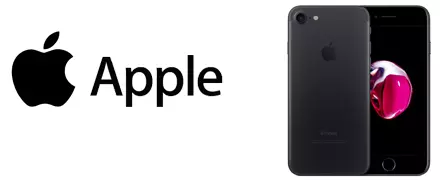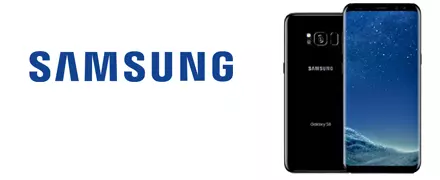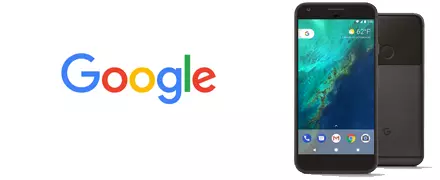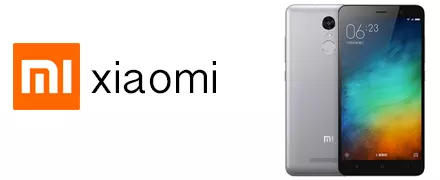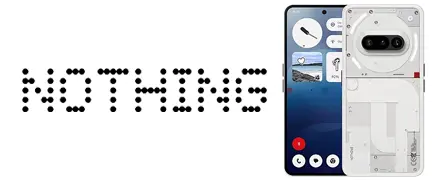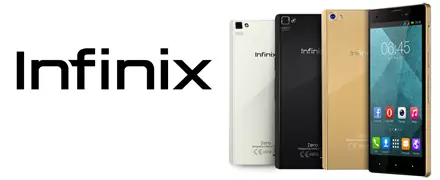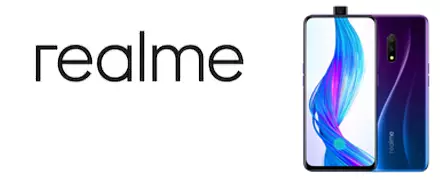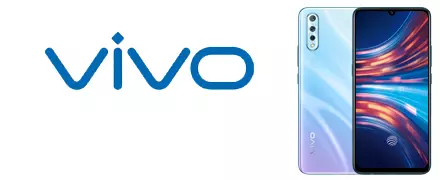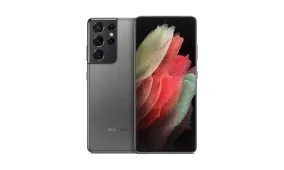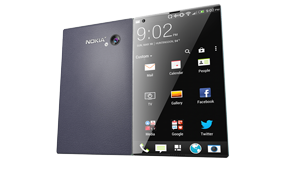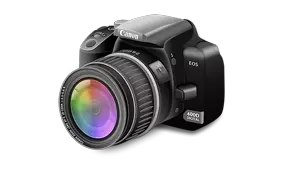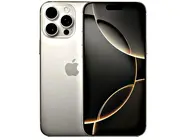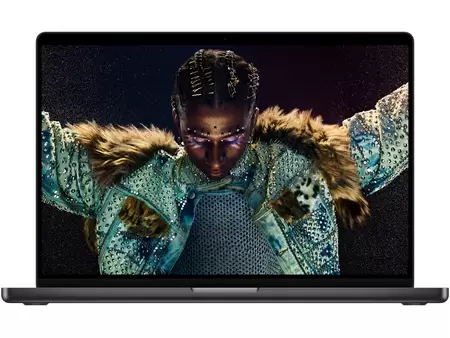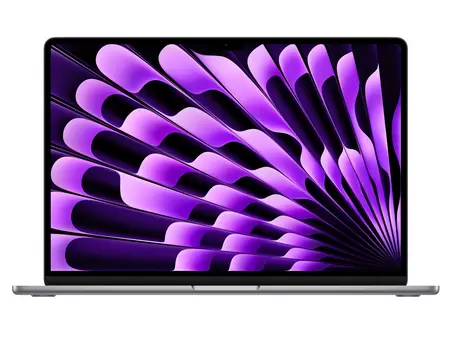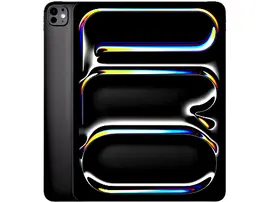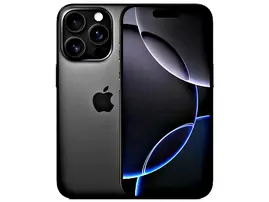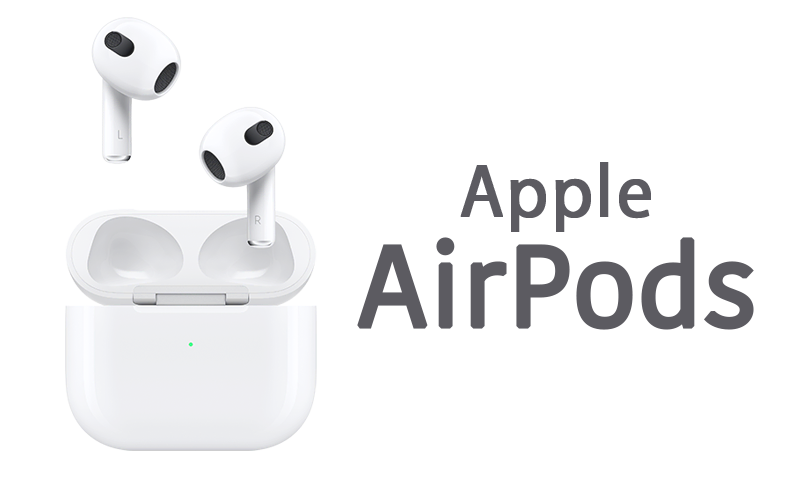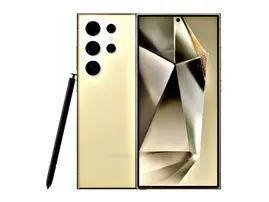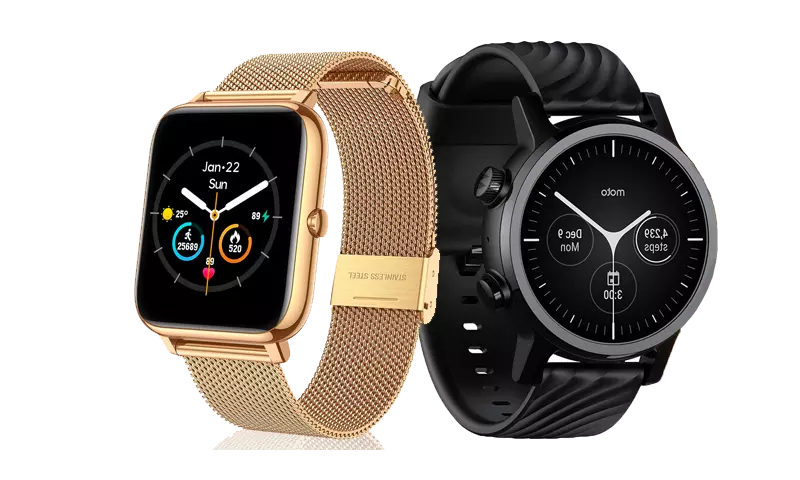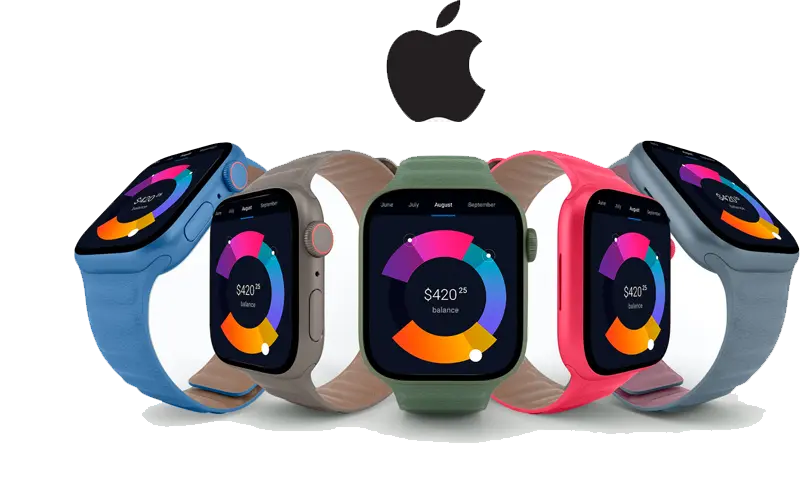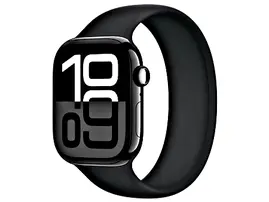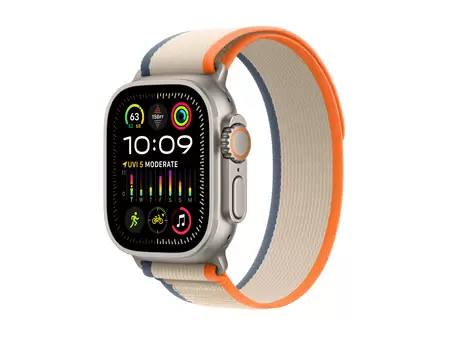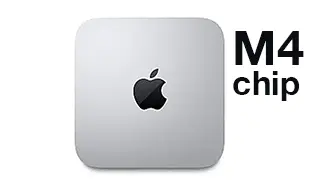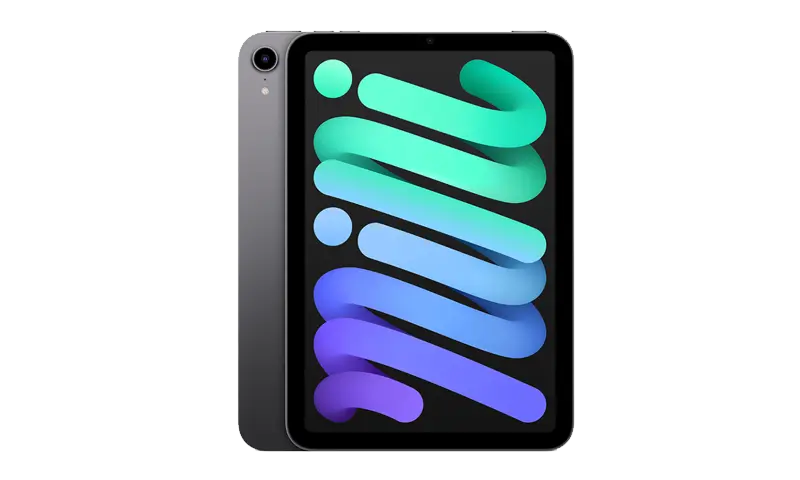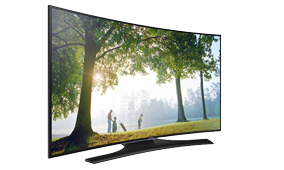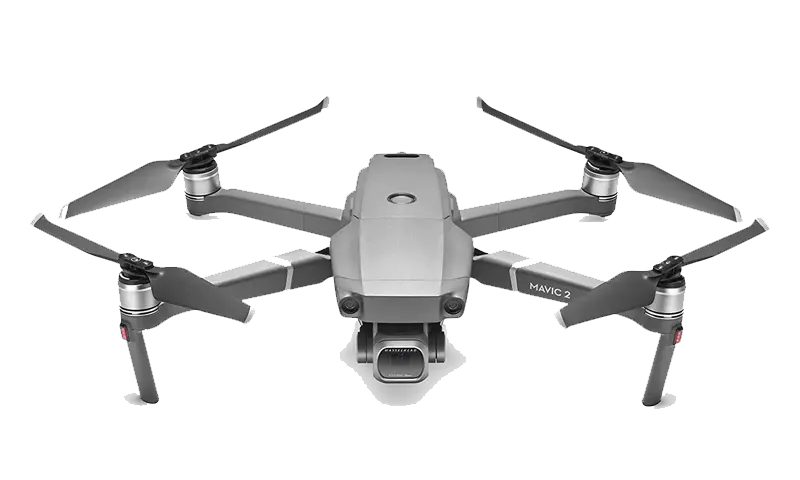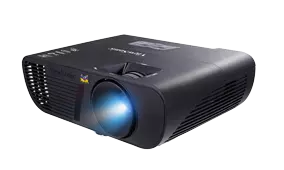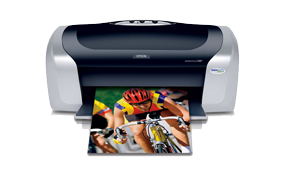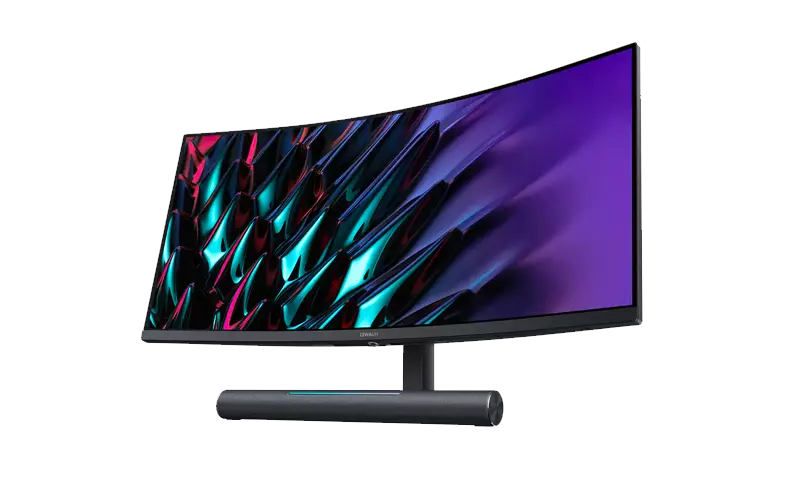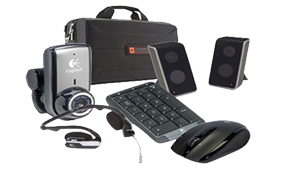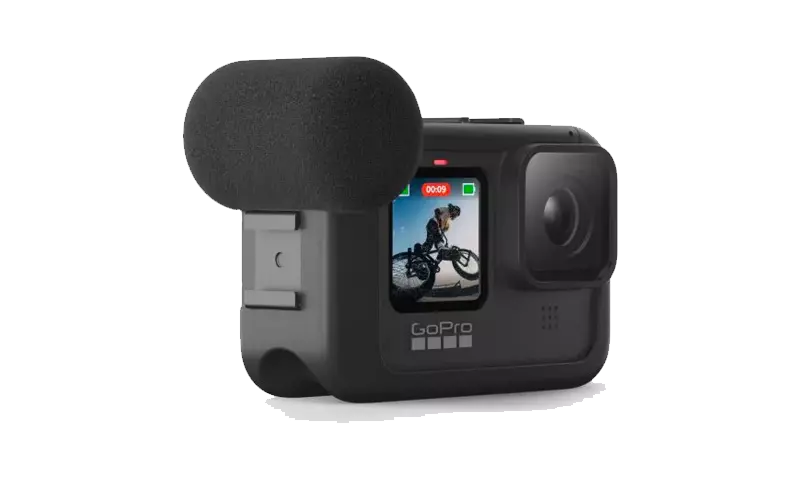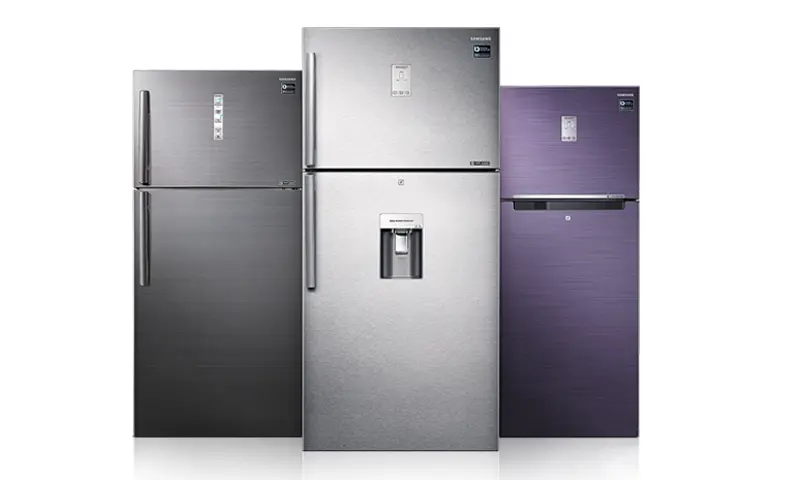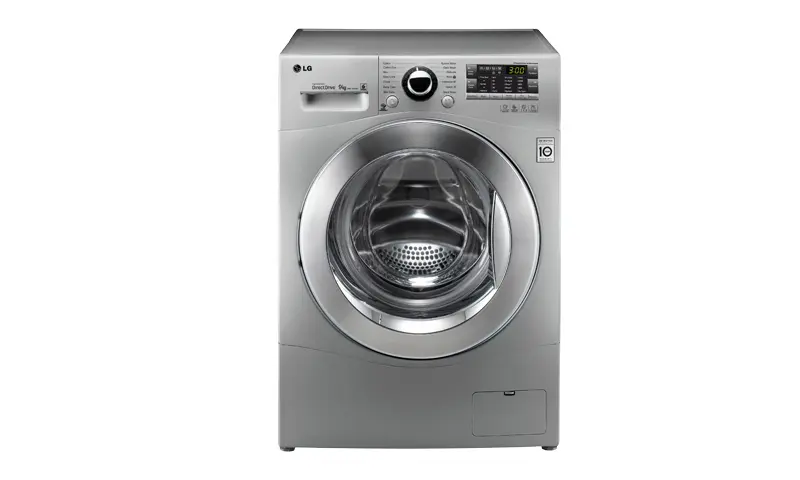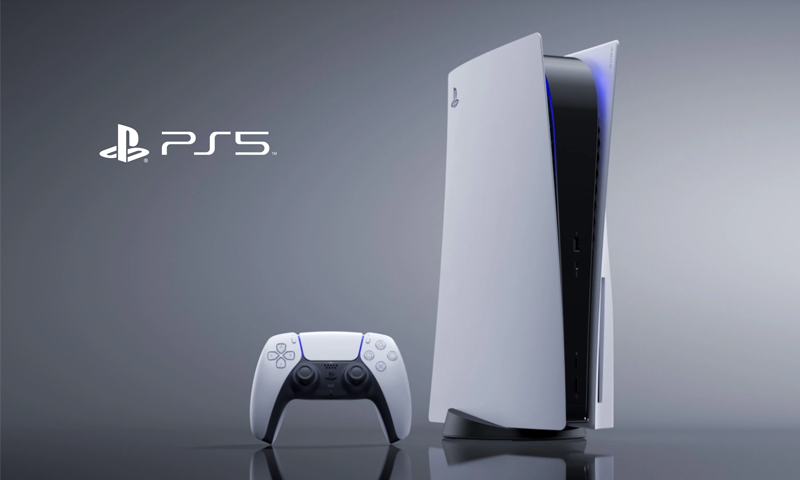The iPhone XR was the first commercial success that came on the second attempt for making a more affordable iPhone. The iPhone 5c failed to impress in 2013, and we thought we'd never see the maker give this idea another try. Well, last year the iPhone XR was more than well received being the best selling iPhone of the trio, so this year we welcome its sequel - the Apple iPhone 11.
The iPhone XR was indeed a cheaper, toned-down version of the XS generation, with an LCD screen, one camera short, and promised some excellent battery endurance. Well, when we say cheaper, we are not saying cheap, as those words mean something different in Apple's universe.
Deep Fusion, aka 'sweater mode'
The iPhone 11's new Deep Fusion processing shines under a medium amount of light. It's best to think of medium light as lighting inside a room with no natural light, or an office where your desk is far away from the windows. The lighting is bright enough for you to see, but nothing like being outside on a sunny day.
Like Smart HDR, it takes multiple images and merges them together. But unlike Smart HDR, Deep Fusion does an analysis and optimizes things on a pixel level to make details pop, capture less image noise and improve brightness. The differences between an iPhone 11 photo using Deep Fusion and one from the XR without the new process are subtle.
Keep in mind that Deep Fusion processing isn't the only thing that improves photos from the iPhone 11. There's the improved sharpness and focus from the phone's new main camera. Overall, your photos will just look better without any extra effort from you.
Below are photos of a public phone in a BART station. The lighting was dim but didn't trigger the iPhone 11's Night Mode. (Also, holy heck, they still make pay phones!) Notice the text and scratches on the phone in the photo taken with the iPhone 11 compared with the one taken with the XR. The details are so much sharper. You can also see how the iPhone 11's Deep Fusion minimizes image noise in the wall behind the phone. The iPhone XR's photo gets the smear treatment from its noise reduction.
Cameras
Over the past few years, Apple has made impressive strides in camera quality, but so have many other phone makers like Samsung, Huawei and Google. The camera arms race is something that hard-core photographers study closely, but I'd argue it's gone way past what most people need. The iPhone 11 cameras are some of the best for photos and video capture that you can buy today.
Night Mode is a key feature that helps Apple catch up to similar capabilities from Google, Huawei and Samsung. And so far, Apple's version is impressive.
Night Mode, how it works and when it doesn't
Like the Google Pixel 4, the Huawei P30 Pro and Samsung's Galaxy Note 10, taking startling low-light photos seems to be in every phone-maker's computational wheelhouse now. Apple's version brightens photos, captures less image noise and does all of this automatically. The way it works is when you open up the default camera app, the phone determines when it's dark enough to go into Night Mode. At this time, there isn't a manual way to trigger the mode.
Night Mode uses adaptive bracketing and takes a series of photos, some with a longer shutter speed, others with a shorter one. The iPhone then fuses all the photos together to reduce motion blur and brighten shadows. When I took handheld Night Mode shots the sequence would take about 3 to 5 seconds. When I put the iPhone on a tripod I got a 10-second time and was even able to manually override that for a 28-second Night Mode shot.
I took a photo of a tree in my backyard that was in complete darkness. Below is a shot with the iPhone 11 using Night Mode and another with last year's iPhone XS.
More stabilized video, and better overall video
I already loved the iPhone's video functions. I shot some test footage on the new phones, and was curious about the extra processing stabilization. The iPhone X and XS were already good enough for me to walk around and shoot Apple's event demo room. The iPhone 11 and 11 Pro do it better, but I found the wide camera was a bit smoother than the ultrawide one.
The video doesn't use Night Mode, but videos did look better in darker spaces. Still, video in seriously dark places comes out darker than photos (even without Night Mode). We used some video footage in our review video, check it out.
Slow-mo selfies and the wider selfie cam
The wider-angled front-facing camera is welcome. It can digitally zoom in or out to accommodate a wider view that includes more people and background. The 12-megapixel front-facing camera looks better and I was happy with the results, but you have to be artful with the wider camera. Sometimes I ended up looking like a little face in a mountain of shirt.
Speed, yes, but really, battery life
After conducting our formal battery tests and living with the iPhone 11 for over a month, we found the battery life is about the same as last year's iPhone XR. In our streaming video tests the iPhone 11 lasted 13 hours and 52 minutes compared with the iPhone XR's time of 12 hours and 7 minutes in the same test. In daily use, the iPhone 11 has been lasting about a day and a half.
The A13 processor and RAM are the same on all the new iPhone models (4GB RAM, and a seemingly equally fast processor by benchmarks). It's a bit faster in single tasking, and a bigger leap in multitasking. Graphics performance, in theory, looks great, coming closer to last year's iPad Pro.


